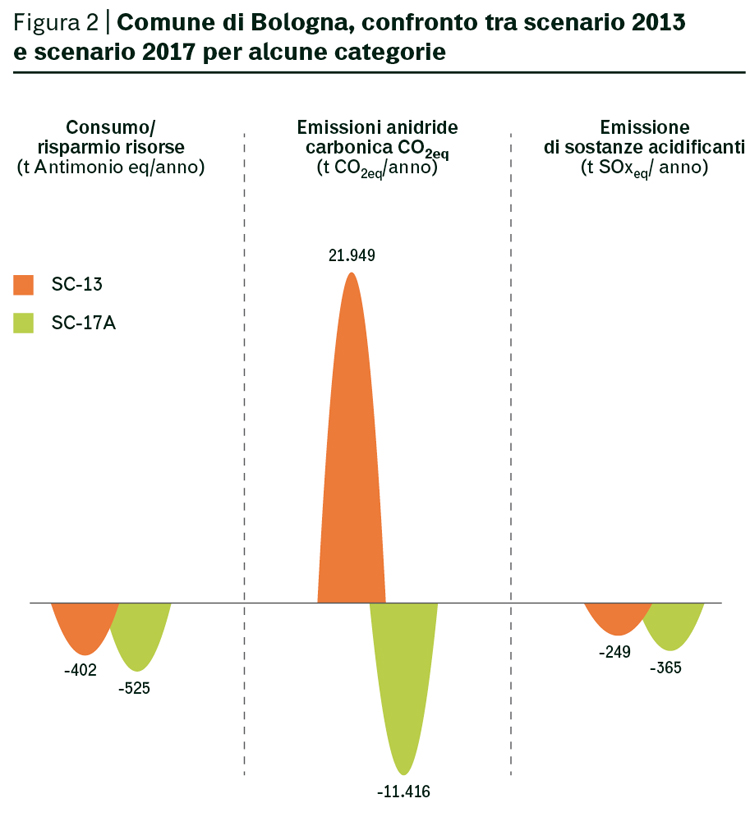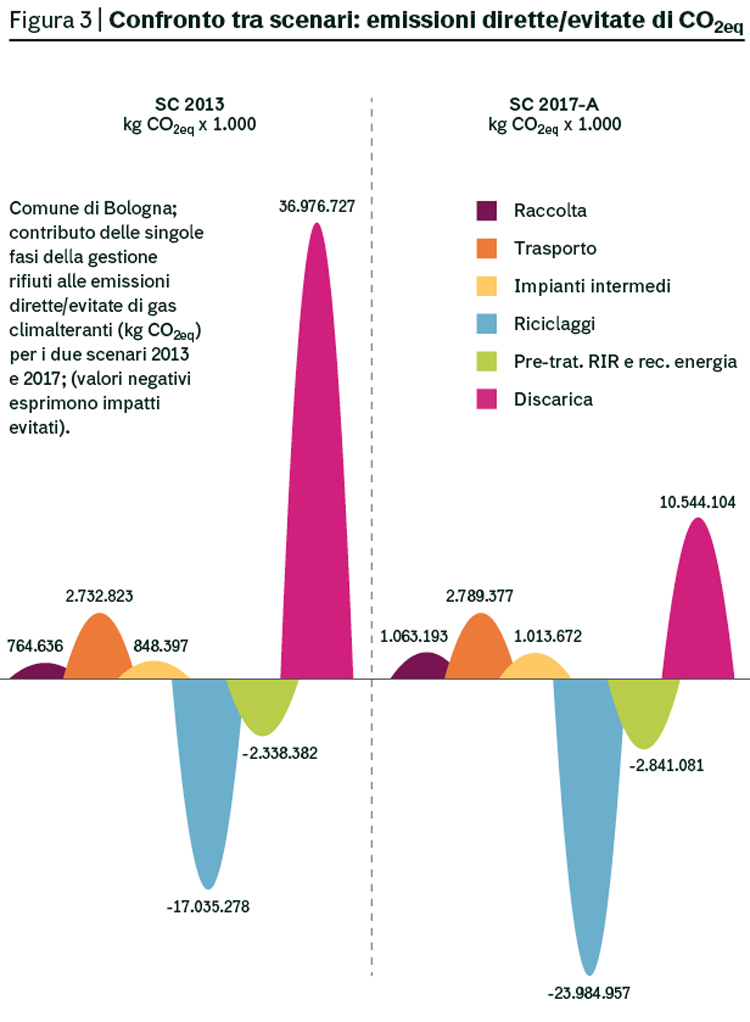This article was published in Ecoscienza 5/2015; www.arpa.emr.it/ecoscienza/rivista.asp?id=49
Can we comprehend that waste management is a “wicked” problem: a really complex problem, not just a “little complicated”? When we are dealing with a wicked problem, it is never clear whether it has been solved and in any case it presents some specific characteristics that require attention and creativity.
There is nothing worse that tackling a wicked problem as if it were a “classical” or simplifiable problem adopting methods not suitable for its complexity leading to partial solutions (namely non solutions) that do not understand and deal with the fundamental features of the problem.
Despite recognizing that the first priority is to put under investigation the link between consumption and the ensuing waste, waste production and management will be an ongoing problem for high-income and emerging countries and increasingly impacting in low- and middle-income countries.
Retracing and Quantifying Waste Flows
Building on this awareness, we put forward a method to plan and publically discuss a new integrated waste management system.
A method able to:
- support the definition of the necessary plants needed for the running of an integrated waste management system in a given area: number, type, plant size and equipment;
- allow us to compare the environmental performance of alternative solutions to optimize the planed system with the recovery of materials and energy contained in waste.
The proposed method is based on the identification and quantification of all domestic waste or assimilable flows running through an area; flows are crucial to define waste treatment needs, to reduce health and environmental impacts and to improve material and energy recovery. Its implementation requires the following steps:
1. Description of the reference scenario quantifying all the waste flows of the management system in use;
2. Advancing of alternative management scenarios to plan an improvement of the system or to evaluate the effectiveness of proposed modifications such as: ways to increase separate collection or energy recovery of organic fractions; to improve energy recovery from mixed waste;
3. Comparing through Life Cycle Analysis (LCA) the reference scenario with alternative scenarios based on selected environmental impacts; this can lead to the identification of features that improve the system and whose implementation increases the integrated recovery of matter and energy.
The Solution Is in the Description
Since there are no ready-made solutions that can be adapted to each area and social situation, when planning, the first action is to describe the situation of a given area; the description helps us understand the system, define its boundaries but above all it forces us to identify all its features. As a matter of fact, in order to describe waste flows it is necessary to know the plants and equipment – variable both in number and type – present in a system and connected with each other to guarantee that all the steps of the waste hierarchy are followed.
The described and planned system must be complete and integrated. The proposed method does not allow for partial or superficial solutions because it requires plants for a specific management system to be able to take care of all the waste generated in the area in question. Figure 1 shows the benefit of “visualizing” the bigger picture to understand the connections between elements of the waste hierarchy and illustrate with a single image the complexity of an integrated management system. Waste flows are divided, highlighting the role of collection, into three main sections:
1. the central circle includes different urban and assimilable waste fractions deriving from separate collection and destined to matter recovery in reprocessing plants producing secondary raw materials;
2. circled flows at the bottom highlight organic waste from separate collection, from food and vegetable, that can be sent to matter recovery through composting, to matter and energy recovery through anaerobic digestion of food waste, and/or energy recovery through thermal treatment of vegetable waste;
3. the upper section of the chart shows the remaining mixed waste flows that can be sent to landfills or energy recovery through thermal treatment.
This description and quantification of flows are the basis for analysing an integrated waste management system and choose amongst alternative solutions to improve environmental performance. Thanks to this graphic representation, advanced hypothesis and LCA results can be better illustrated to managers and citizens and the method becomes an instrument to support and facilitate communication with the public when showing the environmental efficiency of different strategies.

Bologna City Council integrated management system, derived from a study carried out by Gruppo Hera to evaluate efficiency changes from the 2013 scenario to an alternative 2017 scenario, entails the following modifications:
1. Increase of separate collection with the introduction of door-to-door collection in the city centre and in the outskirts cap-device bins;
2. Rationalization of the matter recovery supply chain;
3. Avoiding pre-treated mixed residual waste (MRW) to end up in landfills;
4. Increase of energy recovery form MRW.
Figure 2 concisely compares two scenarios taking into account resource consumption, climate-changing gas emissions and emissions of acidifying pollutants.

Note that negative values indicate a reduction of environmental impacts (avoided impacts). For all environmental impacts, for 2017 the system shows significantly lower figures, proving that ongoing and planned interventions will lead to an improvement of the management’s environmental performance.
All steps of the management are interconnected: negative impacts and/or environmental benefits of the management systems assessed as a whole derives from the combination of positive or negative values associated with any piece of equipment and plant actually used. To illustrate this aspect, figure 3 shows the contribution of each steps of the management to climate-changing gas emissions for the scenarios drawn up for Bologna City Council. In these scenarios, collection, transport, running of intermediate transfer plants and landfills all produce emissions; matter and energy recovery help to reduce emissions by substituting raw materials and fossil fuels (negative values in the chart).

The improvement of the system in 2017 is due to:
- increase of matter recovery;
- increase of energy recovery through thermal treatment of mixed waste and anaerobic digestion of food waste;
- reduction of landfill methane emissions thanks to the reduction of biodegradable waste disposal.
We would like to highlight that the environmental performance of a waste management system can only be correctly quantified by simultaneously taking into consideration all the steps of the waste hierarchy and all the infrastructure involved, plants and activities of the systems: only an LCA applied to integrated waste management systems and in a bigger enough area can correctly assess the environmental impacts of a management system without “dumping” them beyond the boundaries of a “partial system”, in another area or citizen.

